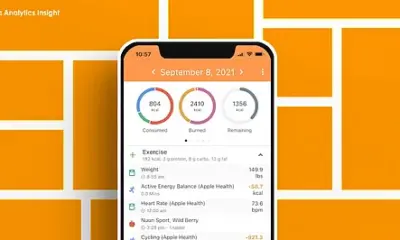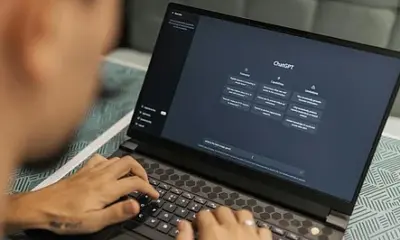Technology
ByteDance Ventures into Mixed Reality with New Headset Development

ByteDance, the parent company of TikTok, is reportedly making a significant move into the mixed reality market by developing its own headset. According to a report from The Information, the company aims to expand beyond its successful social media platform and tap into the growing demand for augmented and virtual reality technologies.
Development Details of the Mixed Reality Headset
The new headset is being developed by Pico, a virtual reality startup owned by ByteDance. Pico has previously released products such as the Pico 4 VR headset, which has sought to compete with offerings from industry leaders like Meta. The design of the upcoming mixed reality headset is expected to feature a more compact and lightweight profile, comparable to the Bigscreen Beyond VR. This innovative approach allows the headset to offload much of its computing tasks to an external device connected via wire, similar to the Apple Vision Pro setup that utilizes an external battery pack.
The headset is anticipated to include specialized chipsets designed to reduce latency and lag, which are critical for providing a seamless user experience. This emphasis on performance could help ByteDance carve out a niche in the increasingly competitive mixed reality landscape.
Competitive Landscape and Market Challenges
Despite the promising developments, ByteDance will face formidable competition as it enters the mixed reality space. Major players such as Apple are reportedly working on a second-generation version of their Vision Pro headset, while Meta continues to expand its range of headsets and smart glasses. Furthermore, tech giants like Google and Samsung are developing their own headsets under Project Moohan and have also introduced Android XR, a platform tailored for mixed reality applications.
Currently, Meta leads the market with its Ray-Ban smart glasses, which have gained significant traction among consumers. However, ByteDance’s entry could disrupt the status quo, drawing parallels to the company’s rapid ascent in the social media industry following TikTok’s launch. As the mixed reality sector continues to evolve, the potential for innovation and market disruption remains high.

-

 Technology5 months ago
Technology5 months agoDiscover the Top 10 Calorie Counting Apps of 2025
-

 Technology2 weeks ago
Technology2 weeks agoOpenAI to Implement Age Verification for ChatGPT by December 2025
-

 Health3 months ago
Health3 months agoBella Hadid Shares Health Update After Treatment for Lyme Disease
-

 Health3 months ago
Health3 months agoErin Bates Shares Recovery Update Following Sepsis Complications
-

 Health3 months ago
Health3 months agoAnalysts Project Stronger Growth for Apple’s iPhone 17 Lineup
-

 Technology4 months ago
Technology4 months agoDiscover How to Reverse Image Search Using ChatGPT Effortlessly
-

 Technology3 months ago
Technology3 months agoElectric Moto Influencer Surronster Arrested in Tijuana
-

 Technology1 month ago
Technology1 month agoDiscover 2025’s Top GPUs for Exceptional 4K Gaming Performance
-

 Technology5 months ago
Technology5 months agoMeta Initiates $60B AI Data Center Expansion, Starting in Ohio
-

 Technology5 months ago
Technology5 months agoRecovering a Suspended TikTok Account: A Step-by-Step Guide
-

 Health5 months ago
Health5 months agoTested: Rab Firewall Mountain Jacket Survives Harsh Conditions
-

 Lifestyle5 months ago
Lifestyle5 months agoBelton Family Reunites After Daughter Survives Hill Country Floods




















